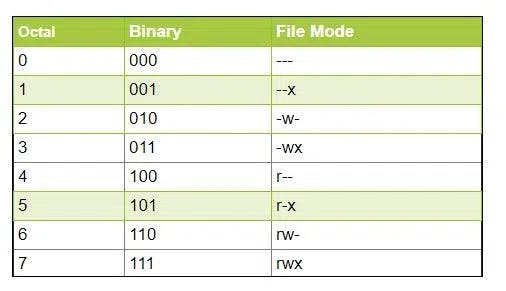Simplifying File Permissions Management in Linux for DevOps
Introduction: Hey there, DevOps folks! Let's dive into the world of file permissions in Linux. It's not just a tech thing—it's about making our work smoother and our systems safer. So, let's break down file permissions into simple bits and explore how we can make our DevOps life easier.
Understanding File Permissions: Imagine you're the boss of a file or folder. Owner permissions give you the power to control it. You can read, write, and execute things. It's like being the captain of your ship.
Now, think of a group as your work buddies. Group permissions let them work together on stuff. They can share, work on projects, or run group tasks smoothly.
Then, there's everyone else. Other permissions decide what strangers can do with your stuff. You want to be friendly but also keep things safe.
Managing Permissions Like a Pro: We're all about making things run like clockwork, right? Let's use the "chmod" command to manage permissions smoothly.
Symbolic Mode: Think of symbolic mode like using easy words and signs. Want to let the owner run a file? Just type "u+x file.txt." Simple and quick.
Numeric Mode: Numeric mode is more like using numbers to get things done. Each permission gets a number—reading is 4, writing is 2, and executing is 1. Say you want to give full control to the owner. You type "chmod 755 file.txt." Done and dusted!

Wrapping Up: As DevOps pros, we're all about making life simpler. By understanding file permissions in Linux, we make our systems safer and our work smoother. Let's keep using these tricks to make DevOps magic happen!